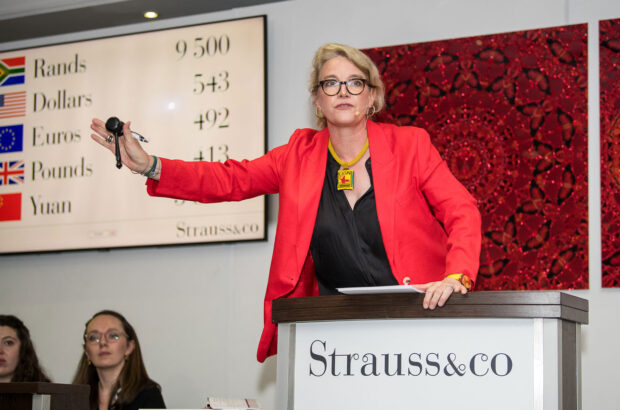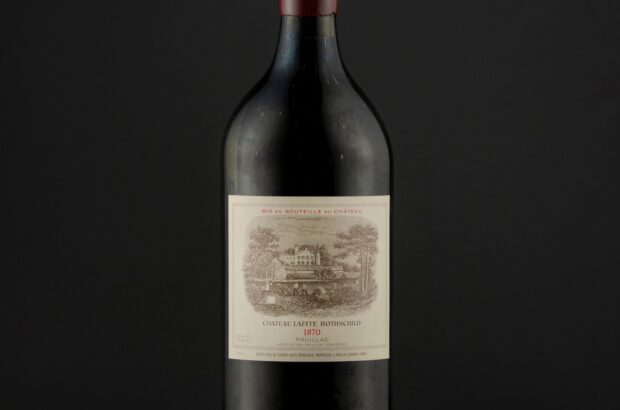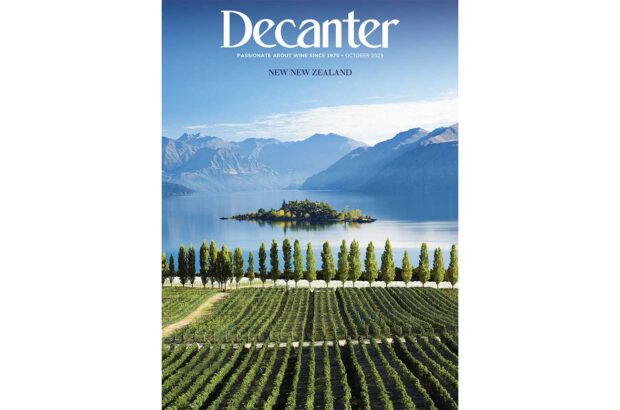Rural and rustic yet with style and substance, the Alentejo's warm and generous reds are much like its people, says Sarah Ahmed. Read her Alentejo travel guide here.
Alentejo fact file

Planted area: 21,970ha (11,371ha DOC, the rest Vinho Regional)
Main grapes: Reds – Alfrocheiro, Alicante Bouschet, Aragonez, Cabernet Sauvignon, Castelão, Syrah, Touriga Nacional, Trincadeira; Whites – Antão Vaz, Arinto, Roupeiro
Production: 892,447hl (of which 394,053hl is DOC)
Quick links:
My perfect day in Alentejo
Alentejo: Where to stay, shop, eat and relax
Introduction:
The Algarve may be Portugal’s top holiday destination, but for wine lovers, the Alentejo is Portugal’s go-to southerly region. Especially if you like the quiet life. While the UNESCO World Heritage city of Evora has impressive 15th-century Manueline architecture that speaks of a golden age when royalty lived there, this impoverished agricultural region – one third of Portugal – is today its least populated. Its expansive landscape and unspoiled Atlantic coastline is a broad canvas which, because of its star-gazing-friendly lack of light pollution, is home to the world’s first Starlight Tourist Destination – the Dark Sky Alqueva Reserve.
As for wine stars, the region’s reputation wasforged by Herdade do Mouchão’s and Adega da Cartuxa’s iconic robust reds, made from the stalwart varieties of Trincadeira, Aragonez, Alicante Bouschet, Alfrocheiro and Castelão. In the 1990s, modern pioneers, such as Herdade do Esporão, João Portugal Ramos and Cortes de Cima, created fruit-forward wines with broader appeal, the best of which are sleekly sophisticated.
Red blends
Today, Alentejo is renowned for red blends, which are as warm, generous and easy-going as its people (of whom it is said have three speeds – slow, very slow and stationary). These blends might well feature Syrah and Cabernet Sauvignon in addition to the non-local native varieties Touriga Nacional and Touriga Franca. Whites, a strength of Herdade do Esporão, are on the up now that the local grapes Antão Vaz and Roupeiro are being made in a fruitier style and blended with Arinto for freshness; and Verdelho and Viognier show promise.
‘Fruity, easy-drinking wine with soft tannins was a new way for Portugal, which started in Alentejo,’ says João Portugal Ramos. It inspired an army of followers – between 1995 and 2010 the number of producers exploded from 45 to 260, more than 60 of whom open their doors to visitors on the Alentejo Wine Route. Collect your map at the Alentejo Wine Route centre in Evora (vinhosdoalentejo.pt). In addition to showing and selling wines, the centre can schedule visits (mostly you need to book ahead and pay). With near- deserted highways the length and breadth of its arid, rolling, cork-tree-studded terrain, you cover ground quickly. Which is just as well because the Alentejo DOC comprises eight inland regions within the broader Alentejana Vinho Regional.
Of these, Granja-Amareleja’s and Moura’s scorching summers can make for strapping, rustic wines. Moderating factors (elevation, cool nights) in Borba, Evora, Redondo, Reguengos and Vidigueira produce full-bodied yet balanced reds. With its old field-blend vines (a rarity in Alentejo), the cooler northern outpost of Portalegre is a region to watch.
Limestone, schist and granite (the stone of choice for the megalithic monuments dotted around) distinguish the best vineyards, the exception being the Alicante Bouschet specialist Herdade do Mouchão (mouchao.pt). Located an hour north of Evora, Alentejo’s adopted flagship grape – a red-fleshed French crossing high in tannin and acid – thrives in deep clay. Rich, savoury and long-lived Mouchão and Tonel 3-4 (top years only) spend two years in bottle before release four or more years after vintage.
A day is well spent visiting Mouchão’s atmospheric 1901 winery and 1929 distillery and the cluster of leading wineries around Estremoz, a fortified hilltop town of low, white-washed houses half an hour away. Dona Maria’s Júlio Tassara de Bastos is another advocate of Alicante Bouschet, which is foot-trodden in lagares hewn from locally quarried pink marble (donamaria.pt).
Though expensive, by appointment you can dine in grand style at the antique-furnished, azuelos- decorated 18th-century manor house/winery of Quinta do Mouro. The owner, Miguel Loura, is not averse to a dash of Cabernet Sauvignon in his ageworthy wines; he also makes a fine Touriga Nacional. His sons or the winemaker will show you around (quintadomouro.com).
As befits his extensive wine portfolio, João Portugal Ramos offers a wide range of tours, tastings and cooking programmes (jportugalramos.com). In the hunting season, lunch might include partridge shot by the man himself.
Contemporary labels
Below the Estremoz castle and his mother’s restaurant, São Rosas, the dynamic arch of Tiago Cabaço’s new winery signals his contemporary take on wine, as do his labels .com and Blog (tiagocabacowines.com). Blog (a supple Alicante Bouschet-Syrah-Touriga Nacional blend) scooped the 2009 Talha de Ouro (Golden Wine Barrel) award for Alentejo’s best red. The vibrant yet elegant whites and reds made by the talented consultant Susana Esteban are good value.
Forty minutes south of Evora, Vidigueira marks the dividing point of the upper (Alto) and lower, hotter (Baixo) Alentejo. However, Vidigueira’s proximity to the coast and the cold air descending from the Serra de Portel escarpment tempers the heat, hence the region’s white tradition.
Quinta do Quetzal produces a benchmark toasty, tropical-fruited but mineral Antão Vaz (quintadoquetzal.com). Herdade do Rocim’s stylish winery produces an earlier-picked, elegant white, which starkly contrasts with Grande Rocim, an impressive blockbuster Alicante Bouschet (herdadedorocim.com).
At Cortes de Cima (cortesdecima.com) another French variety, Syrah, was pioneered by the Jorgensens, Danish-Americans. Visit in summer and you might catch the Danish Royal Opera singers performing. Forty minutes further south, Albernõa is home to two producers who have helped put the Beja region on the map – Herdade dos Grous (herdadedosgrous.pt) and Herdade da Malhadinha Nova (malhadinhanova.pt). In this arid region, their renowned consultant, Luis Duarte, attributes the accomplished whites and reds to gentler handling (hand picking and gravity-fed wineries), earlier picking, cold soaks (‘I don’t want the heaviness of post-fermentation maceration’) and blending (varieties and parcels) for balance.
Nowhere is the quest for elegance more apparent than in Portalegre, high on the Serra de São Mamede’s slopes. It’s currently lacking cellar doors, but perhaps not for long. The region’s cooler conditions have attracted new winemaking talent – the Decanter World Wine Awards Regional Chair for Port & Madeira Richard Mayson, for example, and the Lisbon chef Vitor Claro – along with the experienced Rui Reguinga, Susana Esteban and Herdade do Esporão’s David Baverstock. Claro says Portalegre is perfect for making food wines, which is important given his inspiration – the hearty ‘peasant’ fare of the region’s taverns (tascas) and classic egg-yolk-based convent desserts. It’s a creed of cuisine to which top restaurants remain faithful, albeit taking it to the next level. Describing Evora as Portugal’s Lyon he says that, born out of poverty, it capitalises on terrific local ingredients – meats, notably black pig, game, wild herbs, sheep’s and goat’s cheeses, and wood-oven baked breads. Try migas (stale bread, soaked or fried in olive oil or pork fat which bulks up other leftovers) as well as and filling dishes, such as açorda de bacalhau.
To get a better insight into the regional cuisine and to try a few recipes, the Refugio da Vila’s Cooking School (refugiodavila.com) is a must. Chef Pedro Sousa says the secret of Alentejo dishes is that ‘we use a lot of everything’ – not least extra virgin olive oil, so stock up on the region’s finest en route home. Like the wines, it’s world class.
How to get there:
Plane: Fly to Lisbon (2h 35min from London). Evora is 1.5 hour’s drive, and Beja two hours from Lisbon.

Written by Sarah Ahmed







